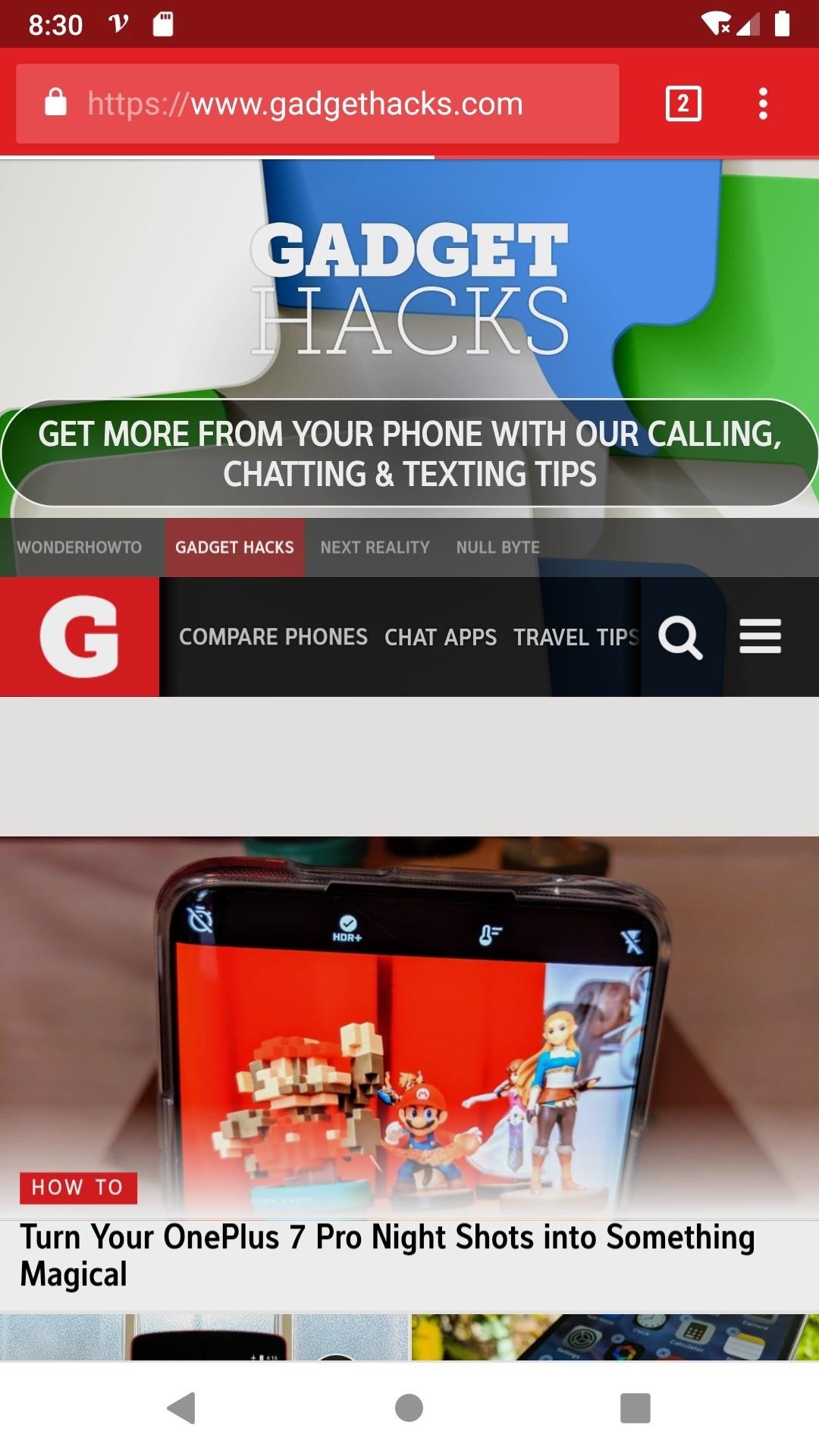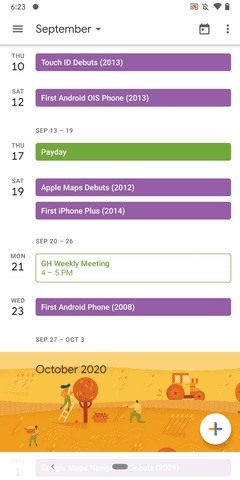We can work it out
The architecture of unintended consequences is pointing the way to the future of the Internet, and you can see it now
EVERY NOW AND THEN, Tim O’Reilly sits down and compiles his thoughts on where we’re going and where we ought to go. Tim’s a publisher by profession and an activist at heart. “We watch what the hackers are doing, and try to capture their knowledge in books, conferences, or whatever,” O’Reilly told me as we chatted on a couch in the JavaOne press room several weeks ago.
“But periodically we feel like we need to do some[thing] activist,” he continued. “We did that back with open source — people were missing a big story. They were talking about Linux but they weren’t realizing that there were all these other programs that were providing a big part of the Internet infrastructure.”
Now Tim believes we’re entering the third phase of the Internet. “The first phase was the various command-line tools, the comments, the FTPs, and the original TCP/IP utilities. The second phase was this wonderful Web phase. And the next phase,” O’Reilly gestured to include the bustling conference, “Here we are at JavaOne. By Sun’s phrase ‘The network is the computer.’ Microsoft clearly gets this as well with .Net. We are moving to a world in which connectivity is the platform.”
Tim’s canaries in the mine shaft — the hackers — are already there. “The hackers are already treating the Internet as this global data resource and they’re building Web services however they have to,” O’Reilly said. If a Web services interface is not available, they’ll use good old-fashioned screen-scraping. “They’ll download the page, figure out what data they want, and throw away the rest … sort of unauthorized, brute-force Web services.”
It’s what Tim likes to call the architecture of unintended consequences. “The original Internet made it possible for people to build independent services without knowing each other, without having to enter into a contract,” O’Reilly recalled. “Look at the iPod. Very, very significant class of device now. People think of it simply [as], ‘Oh, it’s another music player.’ But if you look at what the hackers are doing, they’ll say — hey, can I borrow your computer? They connect up their iPod to it and they have all their files, all their programs.”
O’Reilly sees the roots of innovation in architectures that encourage developer participation and experimentation. “A lot of the focus in open-source discussions on licensing misses the point,” he emphasized. “Open source is a lot about architecture: Does this system architecture let someone hack it easily, or is hacking hard?” O’Reilly said that if it’s easy, you get lots of experimenting, and later, these hacks are replaced by technologies that make things accessible to more people.
Thus the Web went from static pages to dynamic content. “A lot of the early CGI (Common Gateway Interface) stuff was pretty crude. … That little loophole, as it exploded, with people building all kinds of dynamic sites — that’s where the Web got really juicy,” O’Reilly enthused. “Then you had the introduction of ASP, ColdFusion, a whole bunch of languages that made building dynamic sites much simpler for ordinary developers.”
In his paper “Inventing the Future,” featured on InfoWorld.com’s CTO Zone ( www.infoworld.com/cto ), Tim explores the emerging business models of this third phase connected platform. “People think they know what software is,” he reminded me, “something that you package up and sell — shrink-wrapped software. And [there’s] the enterprise software market where you’re paying some big price and buying service to boot.
“And yet some of the key services that have been introduced that are really world-changing — that in some previous model would have been recognized as the killer apps — they’re just Web sites,” O’Reilly arched an eyebrow. “And because they have an e-commerce model like Amazon or an advertising-based model like MapQuest, people don’t think of them as software products. But MapQuest is just as revolutionary a killer app as the original spreadsheet.”
In this new world, the perception of where the value is in software may be at odds with the underlying reality. Tim noted that while many saw shrink-wrapped software as the heart of Microsoft’s business model, Redmond was busy locking in its hegemony through OEM contracts. “In fact,” O’Reilly suggested, “the source of value may be the accumulation of a unique and defensible data set that people need access to.”
But Tim, what about the record companies’ attempt to stave off this new reality? “What we see are the existing players trying to stop the new industry with fear mongering, saying no one will make any money at all. But in fact, when you get a new technology, you get new ways of making money.”
“Yes, it may in fact be different people who become the aggregators than the current music publishers,” O’Reilly acknowledged. “So they’ve got to figure out how to become those aggregators before someone else does, rather than trying to stop it from happening altogether.”
O’Reilly the publisher brought it back home. “There was fear mongering among bookstores in the early days of the Web, that publishers would sell everything direct.” But the reality was that people wanted to buy books from multiple publishers at one time, which lead to Amazon. “And there were a lot of people who could have become Amazon if they had looked to the future instead of looking at the past.”
Tim stood up and stretched. “We try to bring together the people who are out there on the edge. [To them,] the Internet is an operating system, and there are enormous opportunities for making money in that environment. And the people who try to … keep that environment from happening are going to be the losers, not the winners.”
In other words, if it’s going to be true, it is true. “That’s right,” said Tim O’Reilly, activist.




